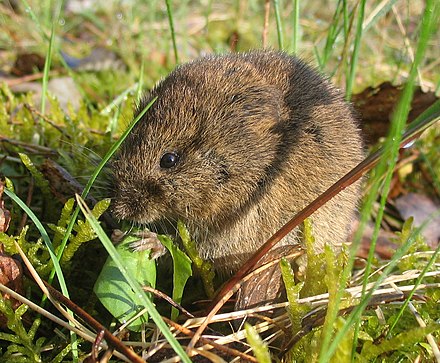Hamsters and mice are both common rodents, but they are actually different species and have distinct differences in behavior, appearance, and habits. Here is a detailed introduction to them:

Appearance and Characteristics: Hamsters are typically small rodents with rounded bodies and short tails. They usually have thick fur, come in a variety of colors, and have bright, small eyes. Hamsters use their cheek pouches to store food and have unique storage capabilities.
Living habits: Hamsters are burrowing animals and usually like to be active at night. They tend to nest in warm environments and lack hair, making them sensitive to cold temperatures.
Food habits: Hamsters mainly eat plant foods, including seeds, grains and vegetables. In captivity, some species of hamsters will also eat insects.

Appearance and Characteristics: Rats are generally larger than hamsters, with elongated bodies and long tails. Rat coat color, ear and tail length and shape vary depending on the species.
Living habits: Rats can survive in both wild and urban environments. They tend to build nests in various environments and have excellent reproductive capabilities.
Food habits: Most rats are omnivores and can eat a variety of foods, including seeds, grains, insects, food scraps, etc.
Physical Characteristics: Hamsters are generally smaller than mice, with a rounded body, a short tail, and thick hair. Rats are generally larger, with slender bodies and longer tails.
Living habits: Hamsters are burrowing animals and like to build nests in warm environments, while mice have a wider habitat range.
Food habits: Hamsters mainly eat plant food, while mice are omnivorous animals with a wide range of food habits.
Overall, although hamsters and mice are both rodents, they have distinct ecological and behavioral differences. Therefore, when raising and understanding both animals, they need to be treated according to their respective needs and habits.
animal tags:
We created this article in conjunction with AI technology, then made sure it was fact-checked and edited by a Animals Top editor.